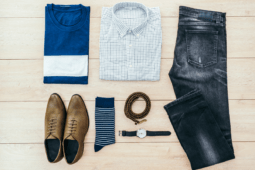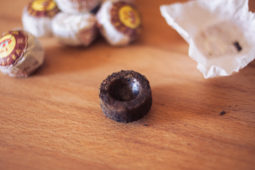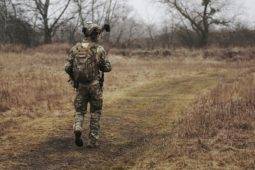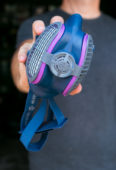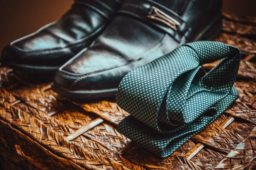Fly Fishing Basics: Everything You Need to Get Started

Did you know there are more fish in the water than stars in the sky? S
eriously, the water you have within a few minutes of your house is almost guaranteed to be sheltering a school of those fin-tailed creatures just below the surface. All those mouths have to eat, and it's easier than you think to get started in the timeless art of fly fishing. Fly fishing has been described to me as more art than science, and I'm inclined to agree. There is a delicate balance between the gear and the organic offerings of small flies or indicators that mimic the natural prey of the fish you're going for. Of course, there's also the classic image of a casting fisherman with the line arced gracefully over his head as he seamlessly presents the fly to the waiting fish. That's about as alive as you can get right there.
Fish are creatures of habit, and very attentive to changes in their food's behavior, that's why a natural drift or movement is so important to getting them to take the bait. It takes practice, and it takes good instruction. That's why on something like this you need to find a guide or skilled friend to show you the ropes. They should be able to show you how to tie it all together, how to get it where it needs to be, and how to have a ton of fun along the way.
Now, before you can get all the way down that road, let's back up to the basics: How do I get started? Well, here's a list, and a few tips to get you out there casting.
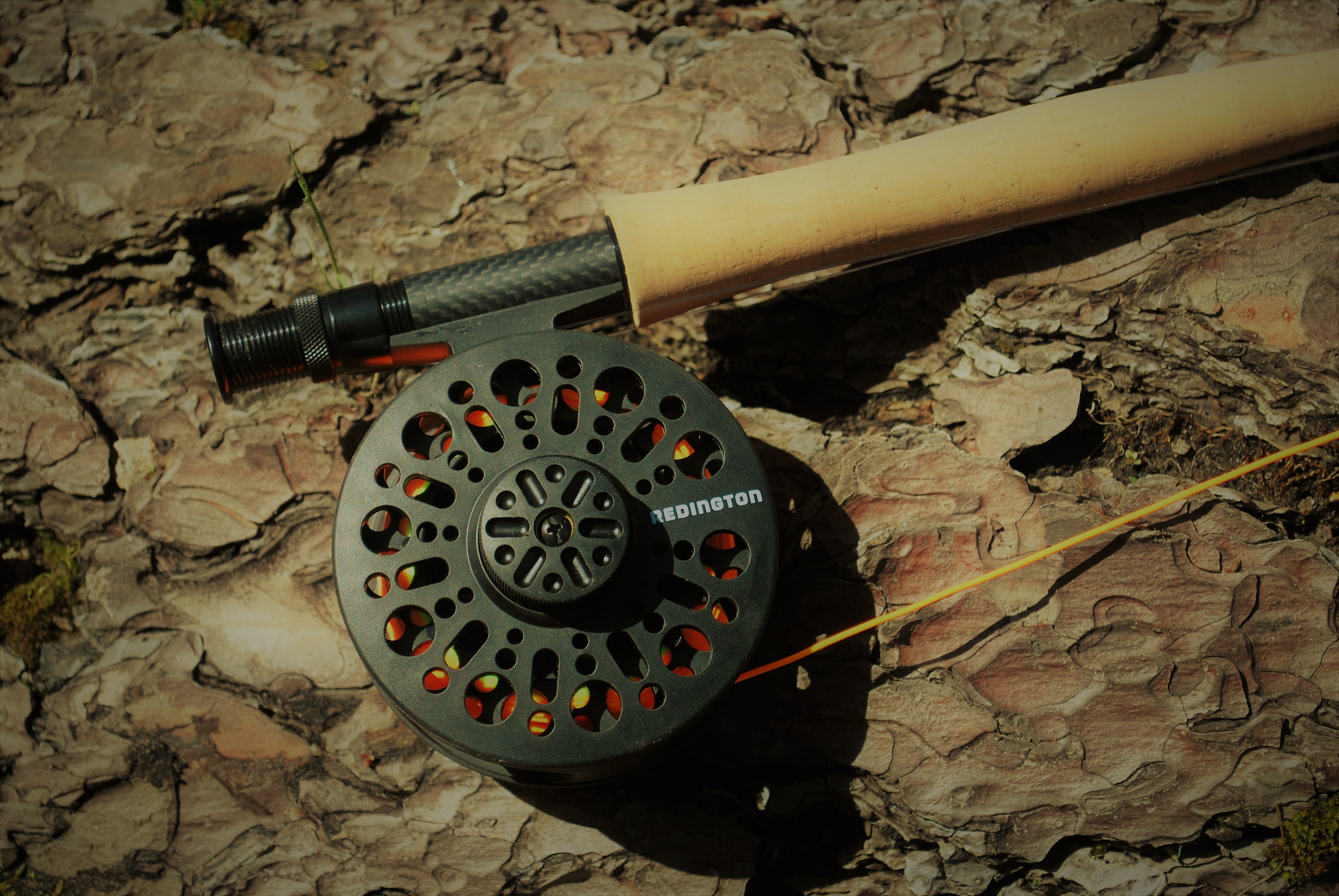
1. Waders
A quality set of waders will keep you dry and warm while you're stalking those prey. There are a few options, but be sure to skip the cheaper neoprene and go for a breathable set with booties. Don't go for integrated boots, they're a weak point in the setup.
2. Wading Boots
These are the anchor while you're stomping (quietly, I hope) through the river. Go for something with a solid grip that can hold tight on slick rocks. Felt is good for weeded areas, but they're not as versatile. I'm a fan of the Korkers, with interchangeable grips that can be easily replaced when they wear out or things change.
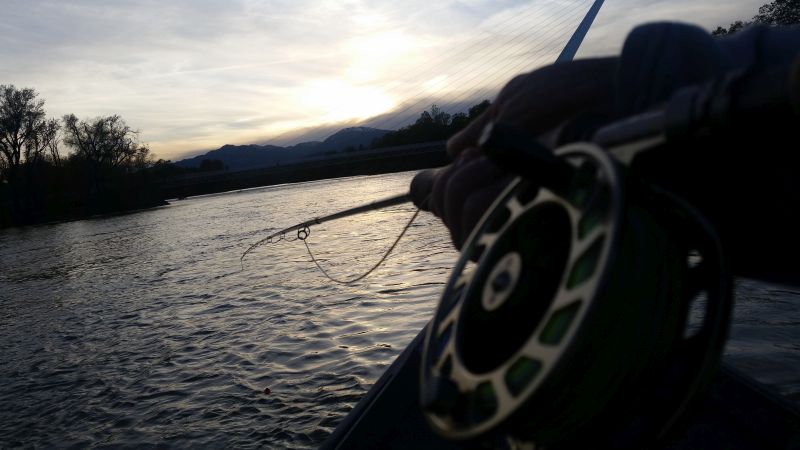
3. Fly Rod, Reel, Line
The first fly rod is a big deal. It's what you'll learn on, and likely enjoy for years to come. The first thing to consider is what you'll be using it on, and for most of us that's small streams and medium rivers. Casting on those waters will be done with a short leader and medium distances. A 5 or 6 weight rod about 8.5 to 9 ft long is about right for most of the waters you can expect, and will give a good fight to your catches. If you want to start out with something cheap but fully outfitted try the Redington Combo kit, it's a bit light, but you'll have everything you need. If you have the extra cash, the Fly Shop combo kit has a bit more upgraded reel and comes with an extra tip (we all break them, this is really nice to have).
Redington Crosswater Fly Rod Outfit ($150)
The Fly Shop Fresh H2O Outfit ($235)
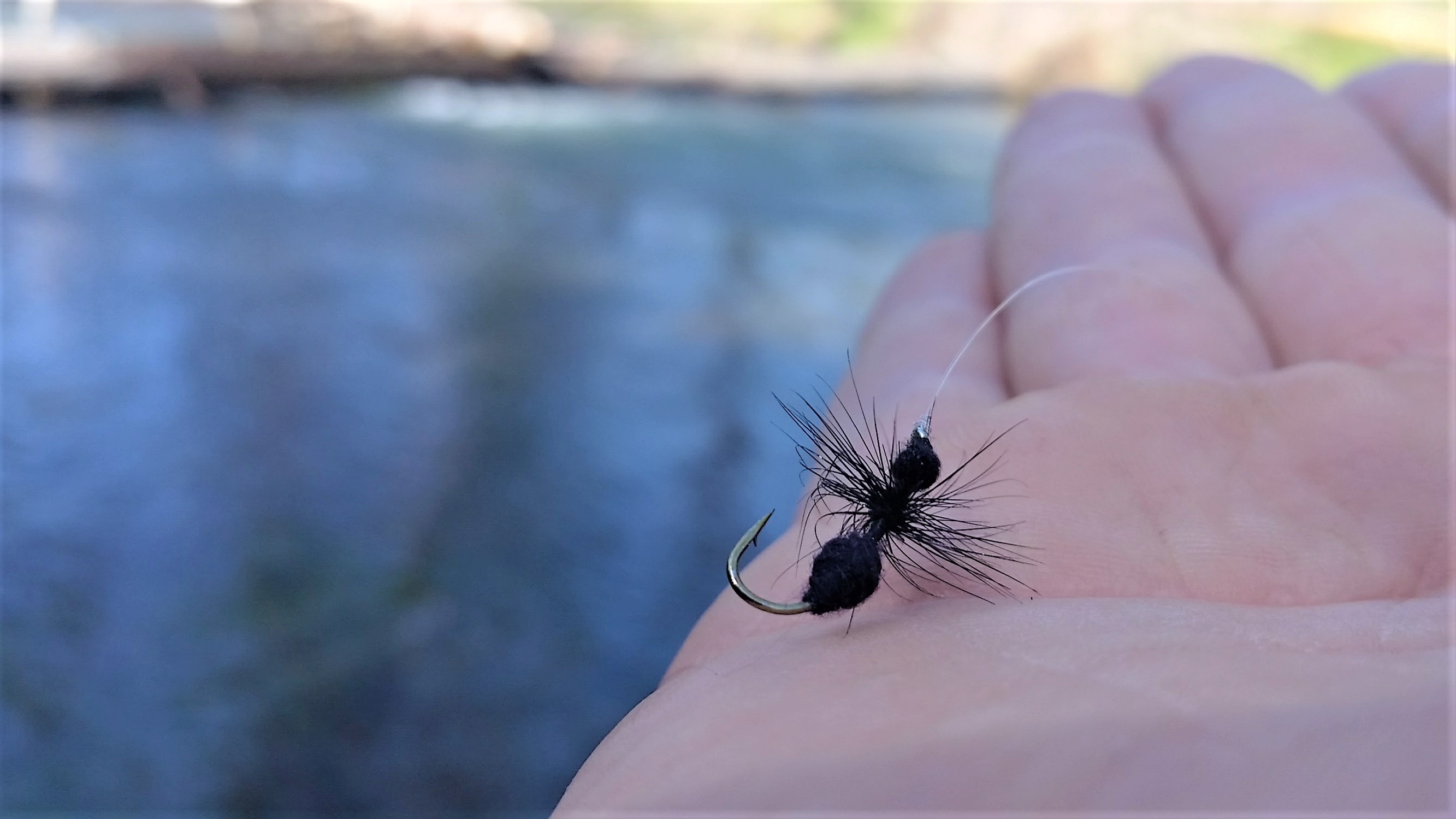
4. Starter Flies
This is where we really get to see the mix of art and science, as we take hand-tied materials and somehow they're turned into realistic imitations of the real nymphs, caddis, and even mosquitos that are hatching out on the water. Go for an good starter mix that covers the bases and see what works where you're fishing. Tip: Turn over a few large rocks and see what bugs are under them. That's what the fish are eating in the area.
ManMade Recommended:
Go somewhere local and get some hand-tied versions of what's common in the area. This is not something you should just grab online.
5. The Rest:
Landing Net – The best way to get that fish safely off your line is with a compact net. If you plan on catch and release, or just want to make sure they don't jump the line at the last minute it's a useful way to make that happen. Go for a rubber net to make it easier to keep hooks from snagging in the mesh. ManMade Recommended: SF Landing Net ($30)
Lanyard – A Lanyard keeps the little tools and flies you need close and safe. Go for a simple one that's set up to expand as you collect helpful accessories. ManMade Recommended: Dr. Slick Lanyard ($30)
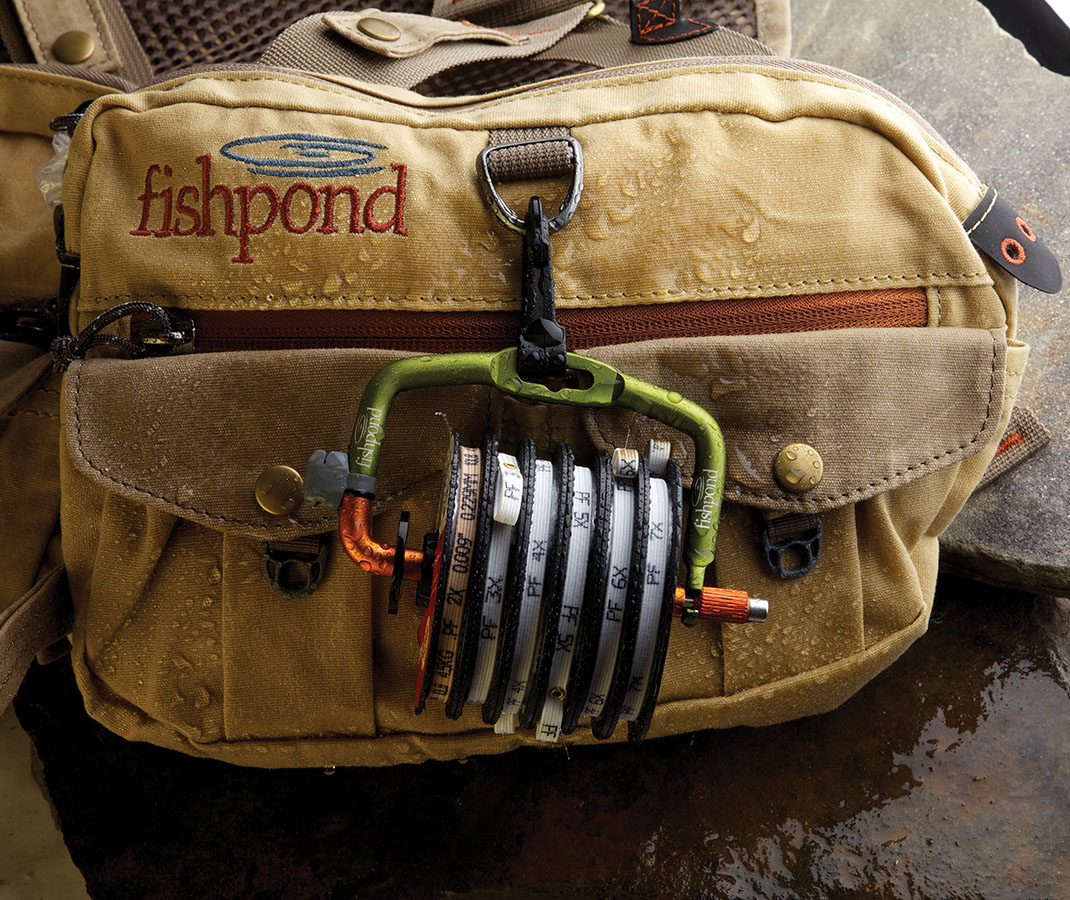
Tippet Holder – Having some different weight tippets at hand are important as you change out lines and flies. This simple holder keeps them safely secure, but right there when you need them. ManMade Recommended: Fishpond Headgate Tippet Holder ($20)
Safety Tips: Always carry a knife. If you're wearing waders, keep that belt tight and be ready to cut it all loose if you get dragged down. It's a serious deal, and you need to be aware of the dangers. Rivers are cold, swift, and slippery. Be very sure of your footing, and use a wading support stick when you need to. Also, keep a dry set of clothes in the car, you're going to need them.

